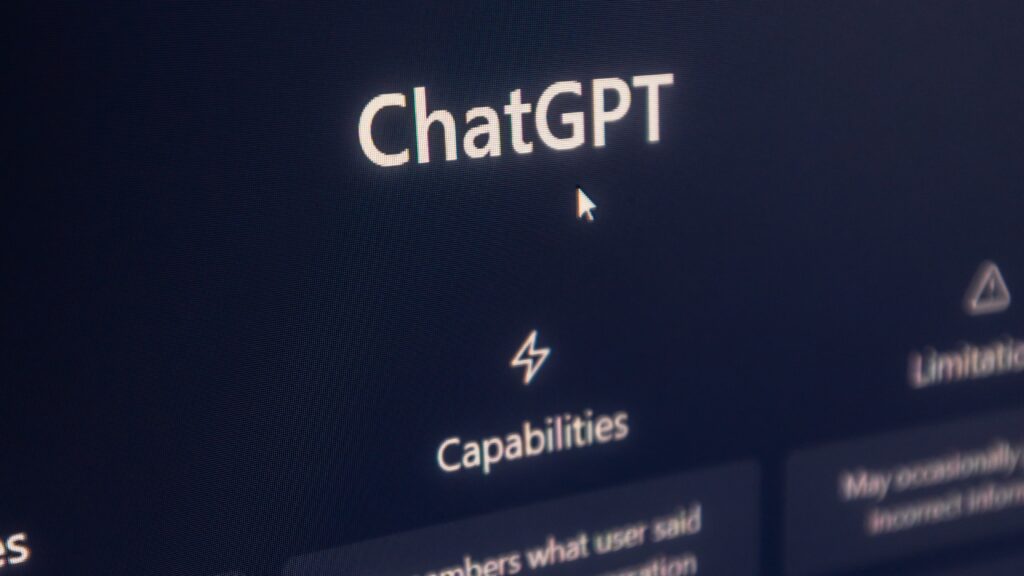
In today’s fast-paced digital age, ChatGPT stands out as a powerful AI ally for diverse tasks, ranging from ideation and content creation to simplifying topic research and marketing books. But as with all cutting-edge technologies, it’s important to grasp not just the mechanics, but the rationale behind its application.
In this short post, we’ll unpack ChatGPT, explore its features, and show you how to tap into its full potential as an author.
First, what is ChatGPT?
Let’s break down the acronym. “Chat” stands for “Conversational,” as ChatGPT is designed to generate human-like text that can be used in chatbots and other conversational applications. “GPT” stands for “Generative Pre-trained Transformer,” which refers to the type of machine learning model that ChatGPT is based on.
OpenAI is the company behind ChatGPT, as well as a number of other groundbreaking language models. OpenAI is a research organization that is dedicated to advancing the field of artificial intelligence (AI) and making it more accessible to everyone. In addition to developing language models, OpenAI also conducts research on a variety of topics related to AI, including machine learning, robotics, and neuroscience.
How ChatGPT Works
ChatGPT is a type of language model, which means that it is trained to predict the next word or phrase in a given context. To do this, ChatGPT is fed a large dataset of human-generated text, which it uses to learn the patterns and structures of natural language. Once it has been trained, ChatGPT can then generate text that is coherent and engaging and is often difficult to distinguish from text written by a human.
One of the main capabilities of ChatGPT is its ability to generate text on a wide range of topics. This makes it a useful tool for authors, as it can assist with brainstorming and idea generation, as well as generating text and revising content. ChatGPT can also help with editing and proofreading by identifying errors and suggesting alternative phrasings.
How to Start Using ChatGPT
To begin using ChatGPT, go to https://chat.openai.com/ and create an account. Once you are signed in, you can start using the chatbot by typing in prompts and receiving responses. If you want to see a different response to the same prompt, you can hit the “Regenerate response” button to generate a new answer. ChatGPT is free to use, and there’s a paid version that includes more features.
3 Tips for Using ChatGPT Effectively
Here are a few tips for using ChatGPT effectively in order to get the most out of it:
Be specific
The more specific you are in your prompts and questions, the more targeted and relevant ChatGPT’s responses will be. For example, rather than simply asking ChatGPT to “generate ideas for a book,” you might ask it to “generate ideas for a nonfiction book about the topic of self-care and wellness in young adults.”
Provide context
ChatGPT is able to understand context and generate appropriate responses, so it can be helpful to provide it with some context or background information when asking it to generate ideas. For example, if you are writing an article about the environmental impact of plastic, you might provide ChatGPT with some guidelines about the topic, such as the history of plastic production or the effects of plastic pollution on wildlife.
Experiment with different prompts
Don’t be afraid to experiment with ChatGPT and try out different prompts and approaches. You never know what ideas ChatGPT might come up with, and you may be surprised by the results. For example, you can try varying the length and complexity of the prompts to tweak the answers that you get. You could also try more open-ended prompts to see what kind of creative responses ChatGPT generates. The possibilities are endless.
Benefits for Authors
So why should authors consider using ChatGPT? There are a number of benefits to using this language model in your writing process. For one, ChatGPT can save you time by automating certain tasks and making it easier to produce high-quality content. It can also help to spark creativity by suggesting ideas and approaches that you may not have thought of on your own. Additionally, ChatGPT can help you with repurposing content, summarizing text, and creating marketing material.
In a series of posts, we will explore all of these capabilities of ChatGPT in more detail and discuss some of the limitations and ethical considerations of using this technology. We will also provide tips and examples for incorporating ChatGPT into your writing process.
If you’d like to learn more, check out the bestselling “ChatGPT for Nonfiction Authors” book on Amazon